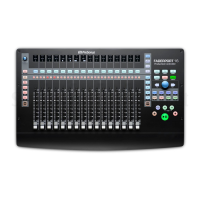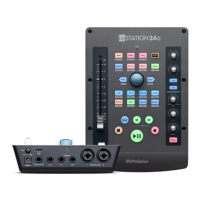How to fix unresponsive Session Navigator and Scribble Strips on PRESONUS Controller?
- JJanice HamiltonJul 27, 2025
To resolve unresponsive Session Navigator and Scribble Strips on your FaderPort, verify that you are in the correct mode for your DAW application. Additionally, ensure that the FaderPort is configured as the correct device type within your DAW's settings.







